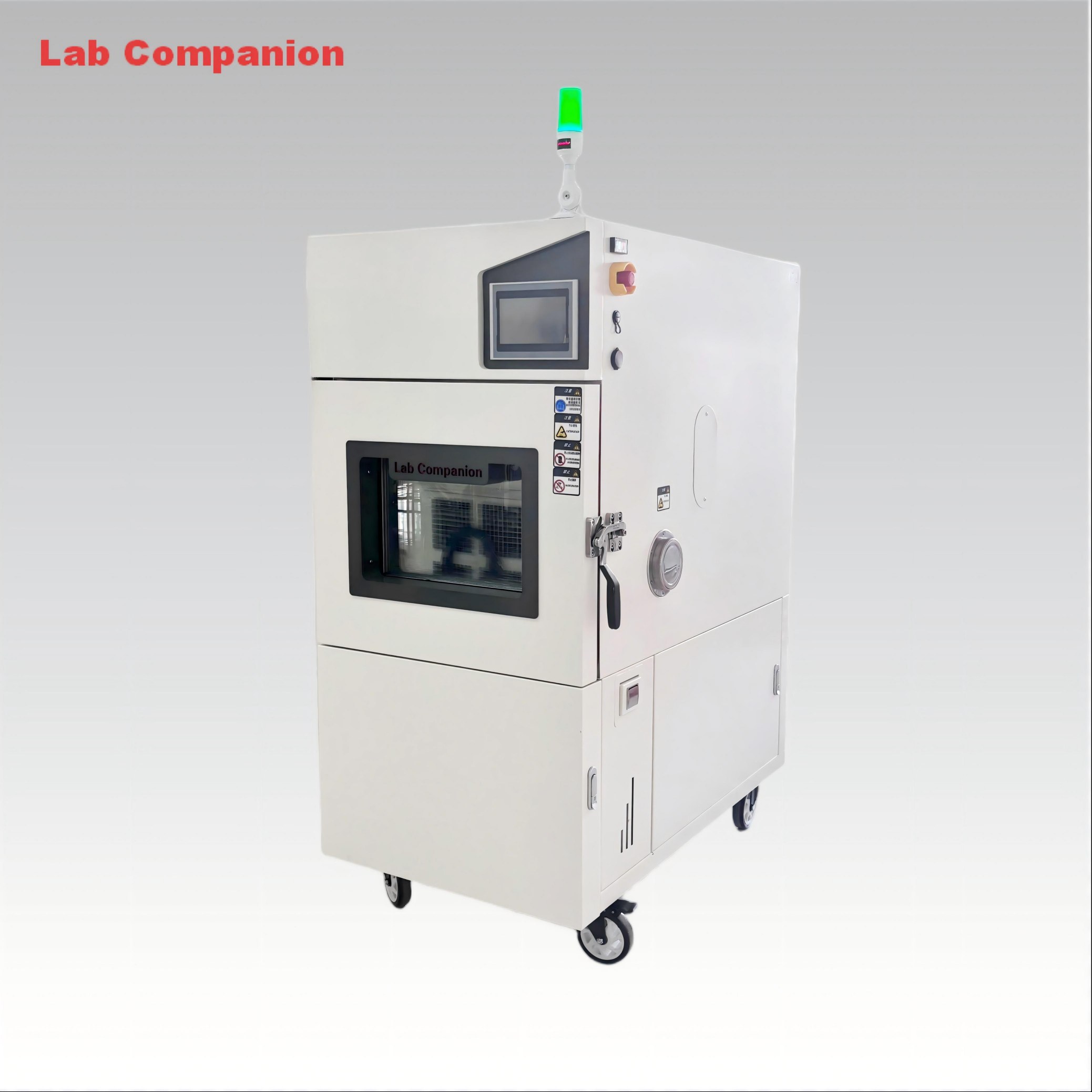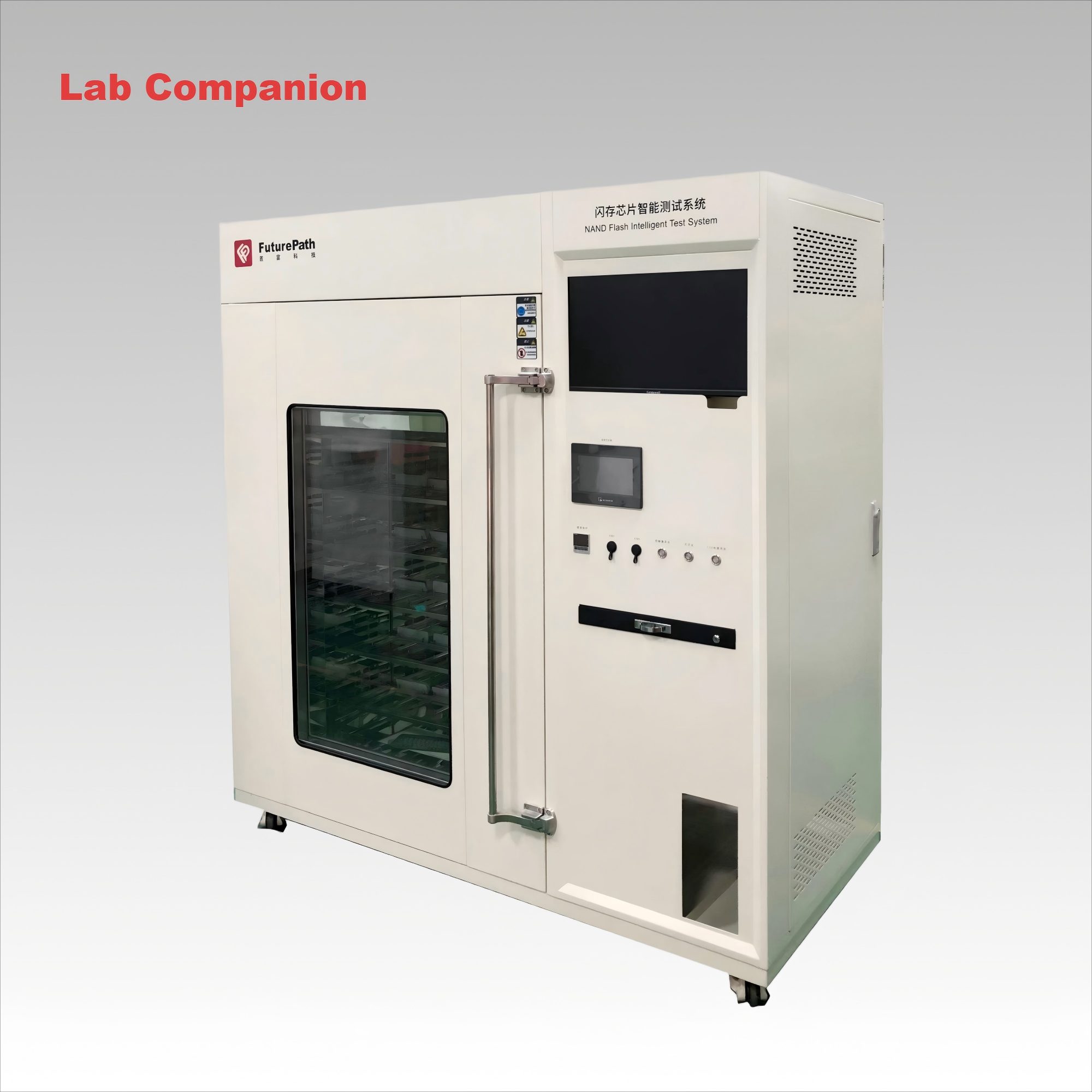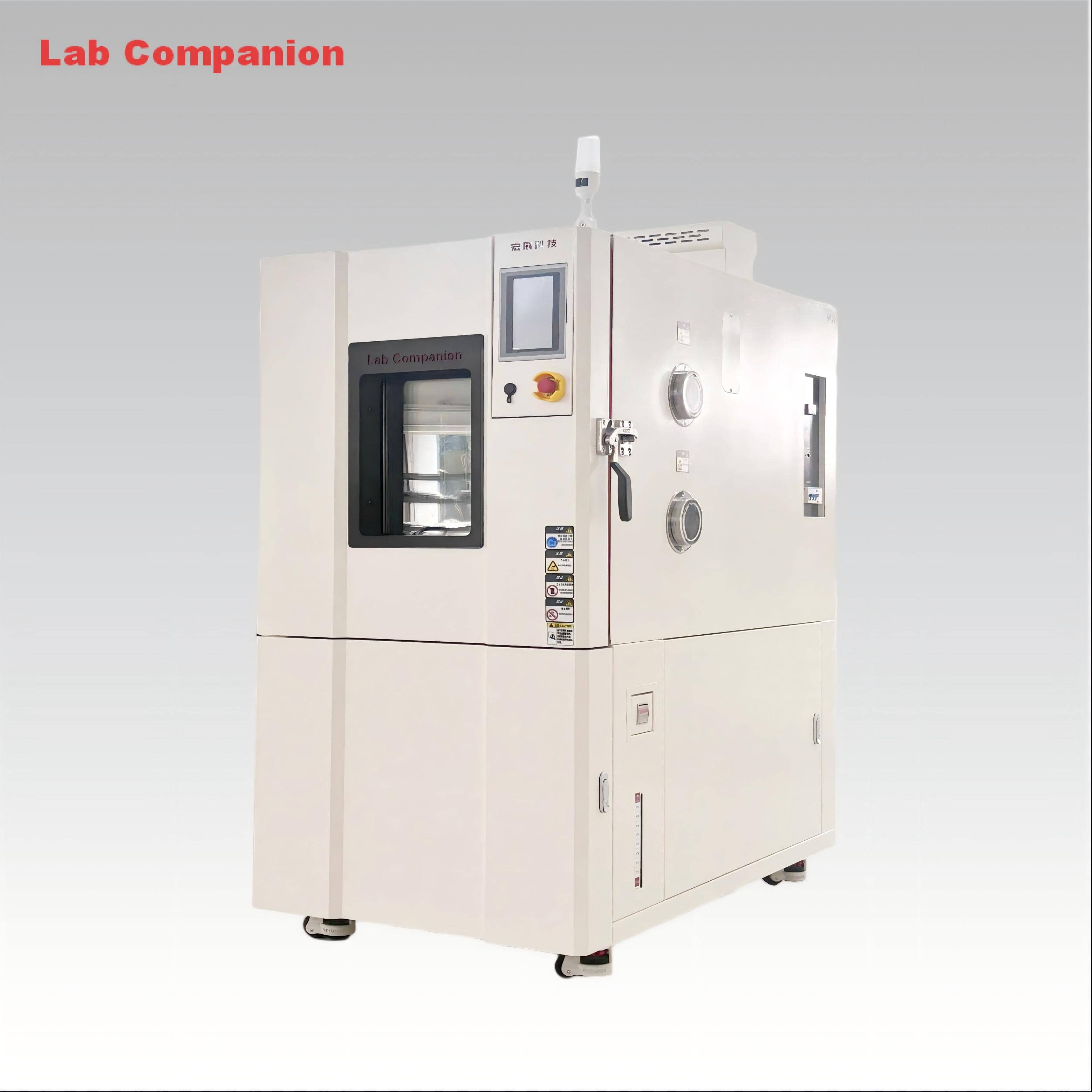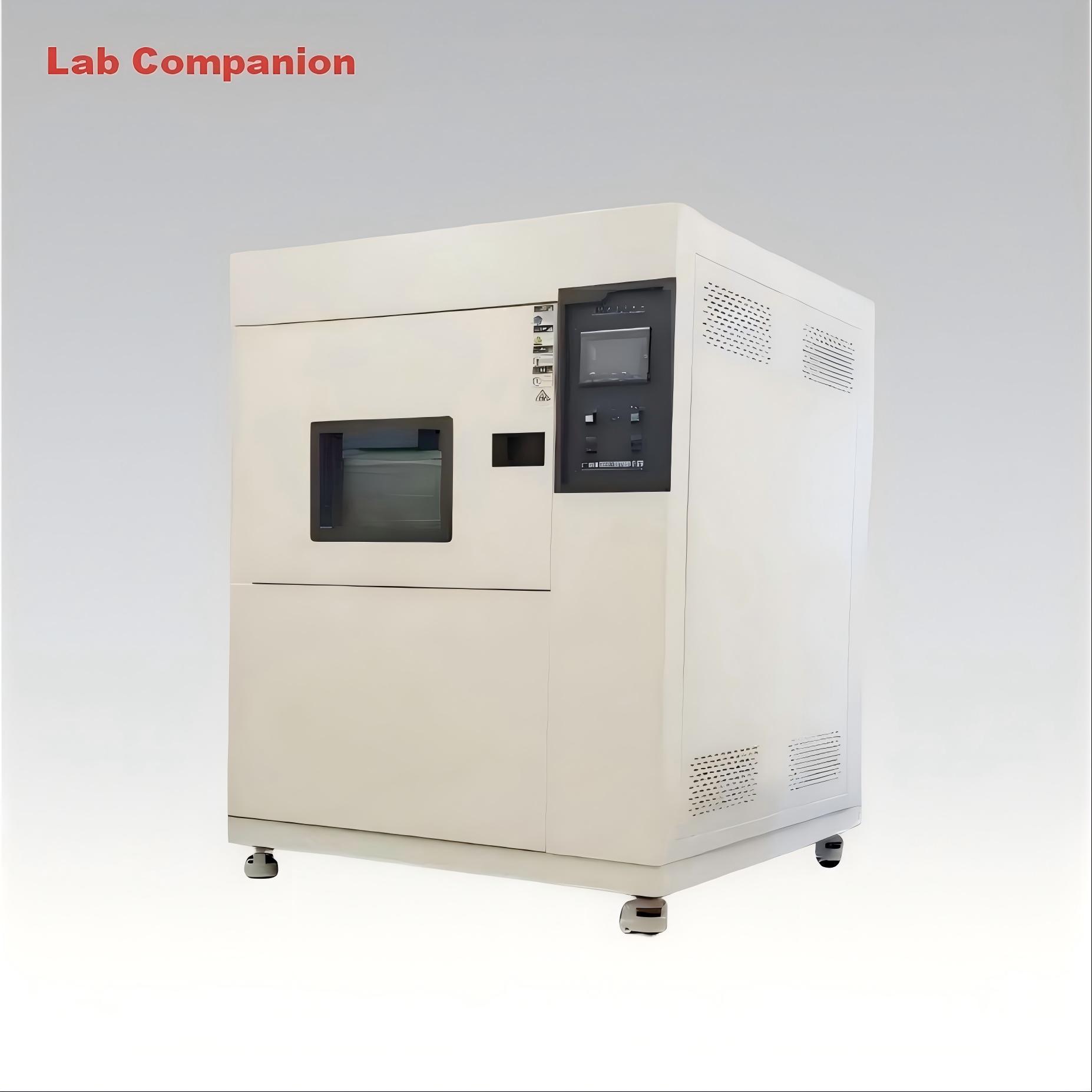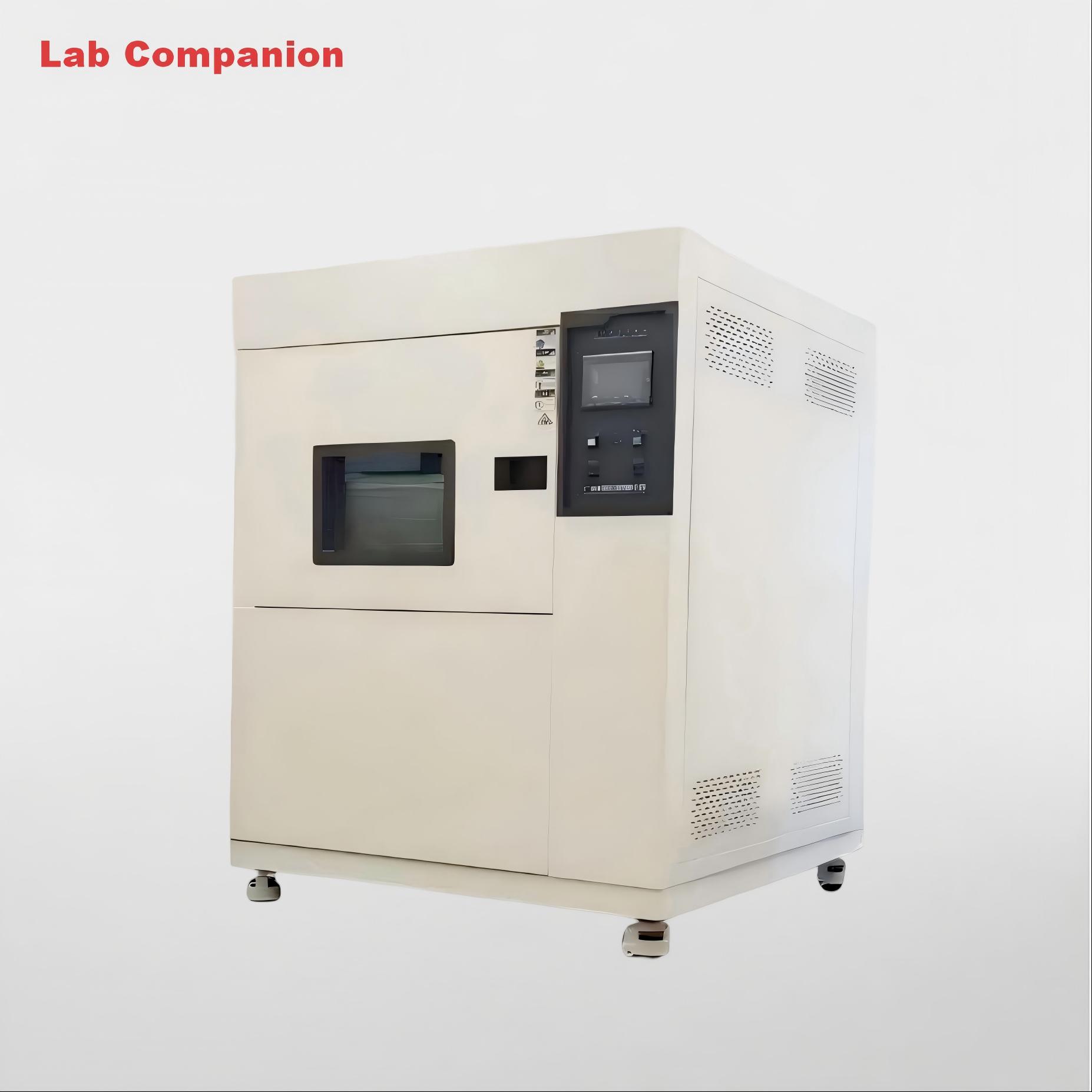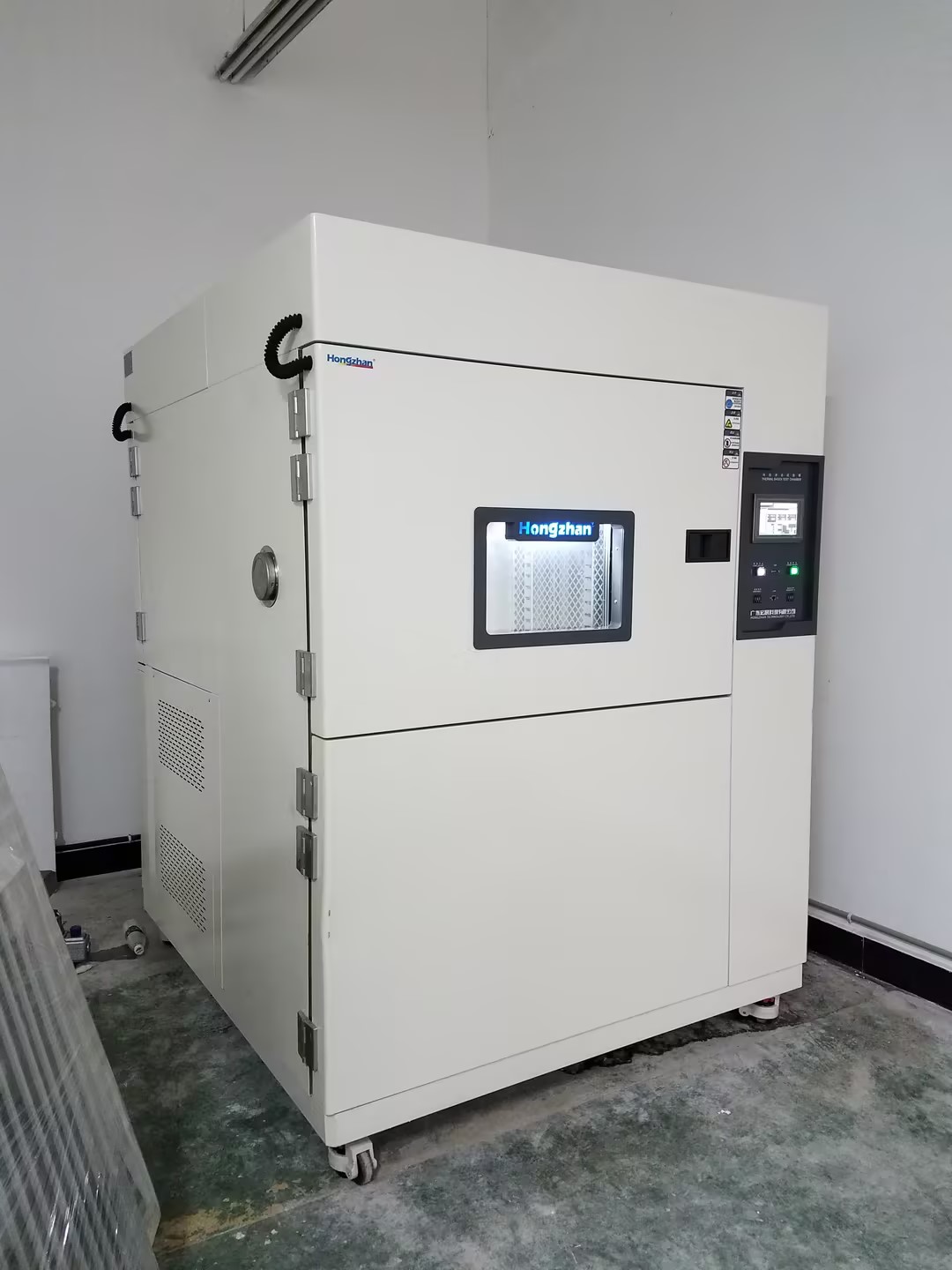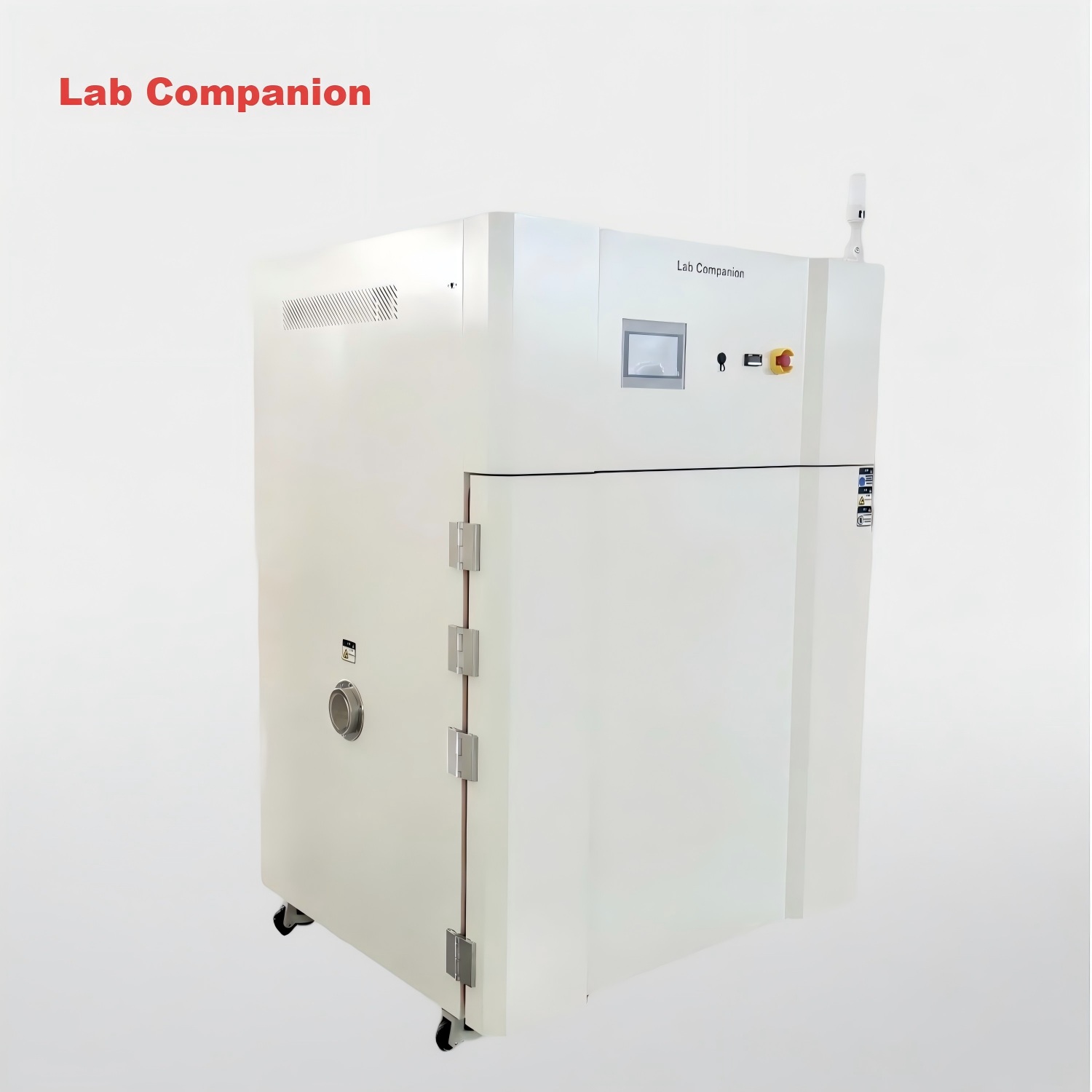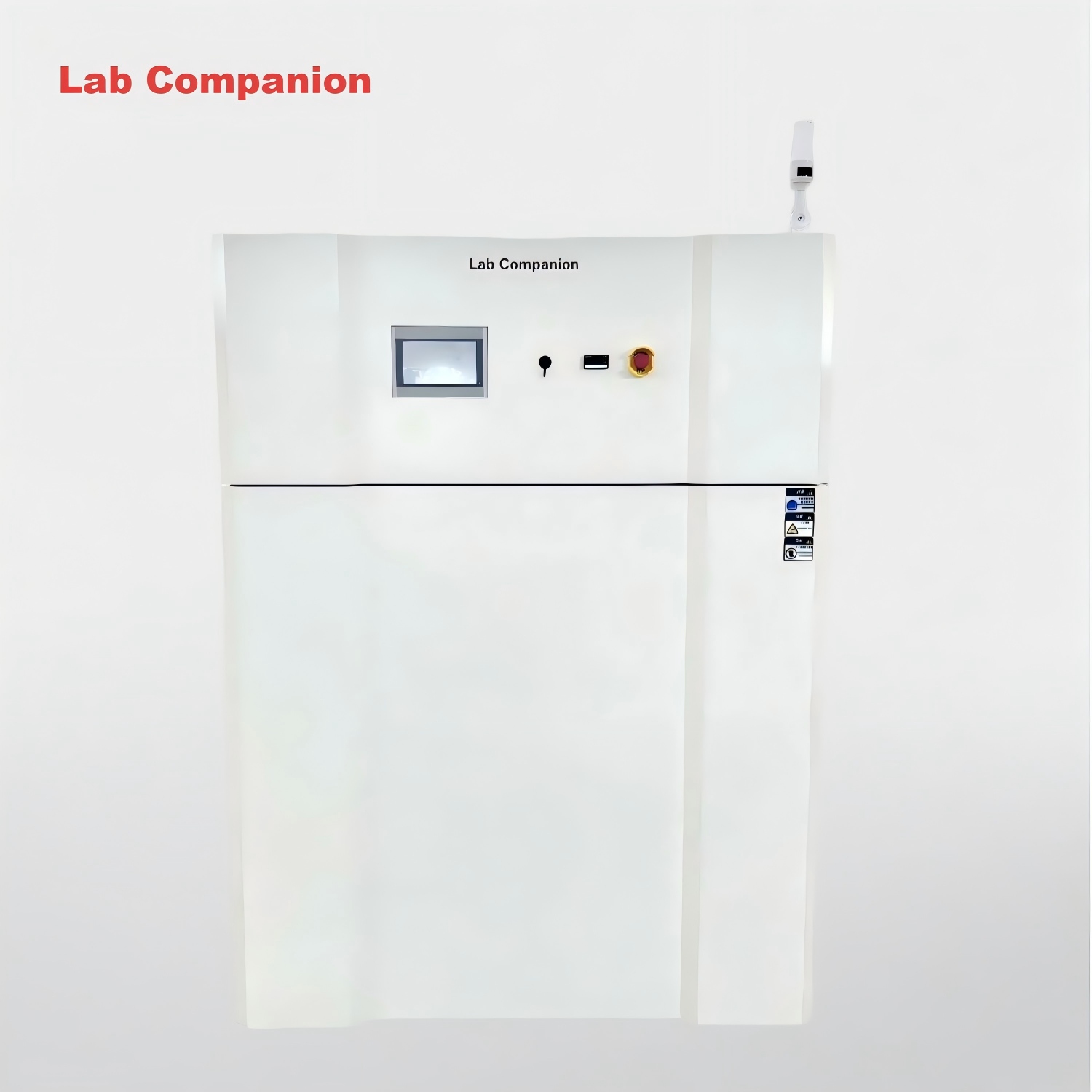Fundamental Differences Between Composite Salt Spray Test Chamber and High-Low Temperature Test Chamber
Dec 15, 2025
1. Core Test Purpose
The composite salt spray test chamber centers on simulating salt spray corrosion environments, with optional integration of temperature and humidity conditions. It is mainly used to test the corrosion resistance of materials, components and finished products, especially for evaluating the durability of coating/plating protection systems and the reliability of products in marine or high-salt industrial environments.
The high-low temperature test chamber focuses on simulating extreme temperature and temperature change environments. Its core goal is to verify products’ temperature resistance, structural stability and performance consistency under high/low temperature and temperature cycle conditions, such as testing the working status of electronic components, thermal expansion/contraction resistance of metal parts, and temperature-induced aging of plastic components.
2.Test Environment Composition
The core environmental medium of the composite salt spray test chamber is salt spray (typically formed by atomizing 5% sodium chloride solution). It can achieve cyclic composite environments including salt spray, constant temperature and humidity, and drying stages. Some models also control key parameters like salt spray deposition rate and spray pressure, with the overall environment built around "corrosion triggers".
The high-low temperature test chamber’s core is temperature (covering -70℃~150℃ or a wider range). Some models integrate humidity control (high-low temperature and humidity test chambers). It precisely regulates internal temperature and humidity via compressors, heaters, humidifiers and other components, without salt spray-related media or systems.
3.Applicable Test Objects & Industries
The composite salt spray test chamber is mainly for products requiring corrosion protection such as auto parts, hardware electroplated parts, marine engineering equipment, outdoor communication devices, and aerospace fasteners. It is widely used in automotive, shipbuilding, hardware, and electronic protection industries.
The high-low temperature test chamber has a broader scope, covering all products that need temperature adaptability verification, including electronic appliances, semiconductor components, new energy batteries, instruments, military equipment, and household appliances. It is a basic environmental testing device for electronics, new energy, military, and consumer electronics industries.
4. Core Technical Structure
The composite salt spray test chamber is equipped with a salt spray generation system (spray tower, brine tank, nozzle) and corrosion fluid recovery/neutralization devices. Its chamber body requires high corrosion resistance (usually made of PVC, PP or special stainless steel) to prevent self-corrosion by salt spray.
The high-low temperature test chamber’s core is a temperature control system (compressor, condenser, evaporator, heater). Models with humidity function include humidification and dehumidification modules. The chamber focuses on thermal insulation (with polyurethane foam insulation layer) and has no special corrosion-resistant design.
5.Test Evaluation Indicators
Key evaluation indicators for composite salt spray tests are corrosion levels, such as blistering/peeling area of coatings, rust grade of base metals, and the correlation between test duration and corrosion failure time.
Evaluation indicators for high-low temperature tests focus on product performance and structural changes, including functional normality under extreme temperatures, parameter drift range, deformation/cracking of structural parts, and mechanical property attenuation of materials.
EN SAVOIR PLUS


